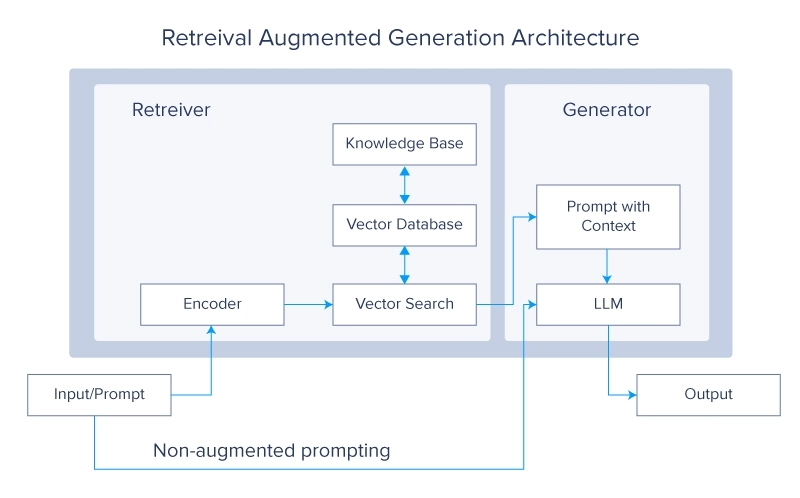Large Language Models (LLMs): The Future of Computing
As I sit here, reflecting on the history of Large Language Models, I am reminded of the profound impact they have had on the world of computing. From their humble beginnings as rule-based systems to the sophisticated neural networks of today, LLMs have come a long way. In this article, I will delve into the fascinating history of LLMs, explore their current state, and gaze into the crystal ball to see what the future holds.
The Early Days
The concept of language models dates back to the early days of Natural Language Processing (NLP). Rule-based systems, which followed predefined rules to make decisions and infer conclusions based on text input, were the first attempts at language modeling. These systems, although primitive, laid the foundation for the development of more advanced language models.
The introduction of neural networks in 1943, inspired by the human brain’s neural function, marked a significant turning point in the history of LLMs. This innovation enabled computers to process and analyze vast amounts of data, paving the way for the development of more sophisticated language models.
Word Embeddings and the Attention Mechanism
The breakthrough in word embeddings, which allows models to capture the relationships between neighboring words, was a crucial step in improving computer comprehension for semantic analysis. This technique enabled models to better understand the nuances of human language, leading to significant advancements in NLP tasks.
The introduction of the attention mechanism, which enables models to focus on different parts of an input sequence when making predictions, revolutionized the field of LLMs. The seminal paper “Attention is All You Need” in 2017 demonstrated the power of this mechanism, leading to the development of more efficient and effective language models.
The Rise of Transformers and BERT
The transformer architecture, introduced in the paper “Attention is All You Need,” has been pivotal to the advancement of LLMs. The development of BERT (Bidirectional Encoder Representations from Transformers) in 2018 marked a new era in language modeling. BERT’s ability to process entire sequences simultaneously, leveraging the attention mechanism, led to unprecedented performance in various NLP tasks.
The Future of LLMs
As we look to the future, it is clear that LLMs will continue to play a vital role in shaping the landscape of computing. Advances in hardware, improvements in algorithms and methodologies, and the integration of multi-modality will drive the development of even more sophisticated language models.
 Large Language Models will continue to revolutionize the world of computing.
Large Language Models will continue to revolutionize the world of computing.
The ability of LLMs to handle multimodal inputs, integrating text, images, audio, and potentially other data forms, will create richer and more contextually aware models. This will enable computers to better understand human communication, leading to more effective human-computer interaction.
Conclusion
Large Language Models are a marvel of modern technology. Their complex functioning, massive size, and groundbreaking advancements make them a vital component of the computing landscape. As we look to the future, it is clear that LLMs will continue to shape the world of computing, enabling computers to better understand and interact with humans.
The future of LLMs is filled with endless possibilities.


 Photo by
Photo by 











